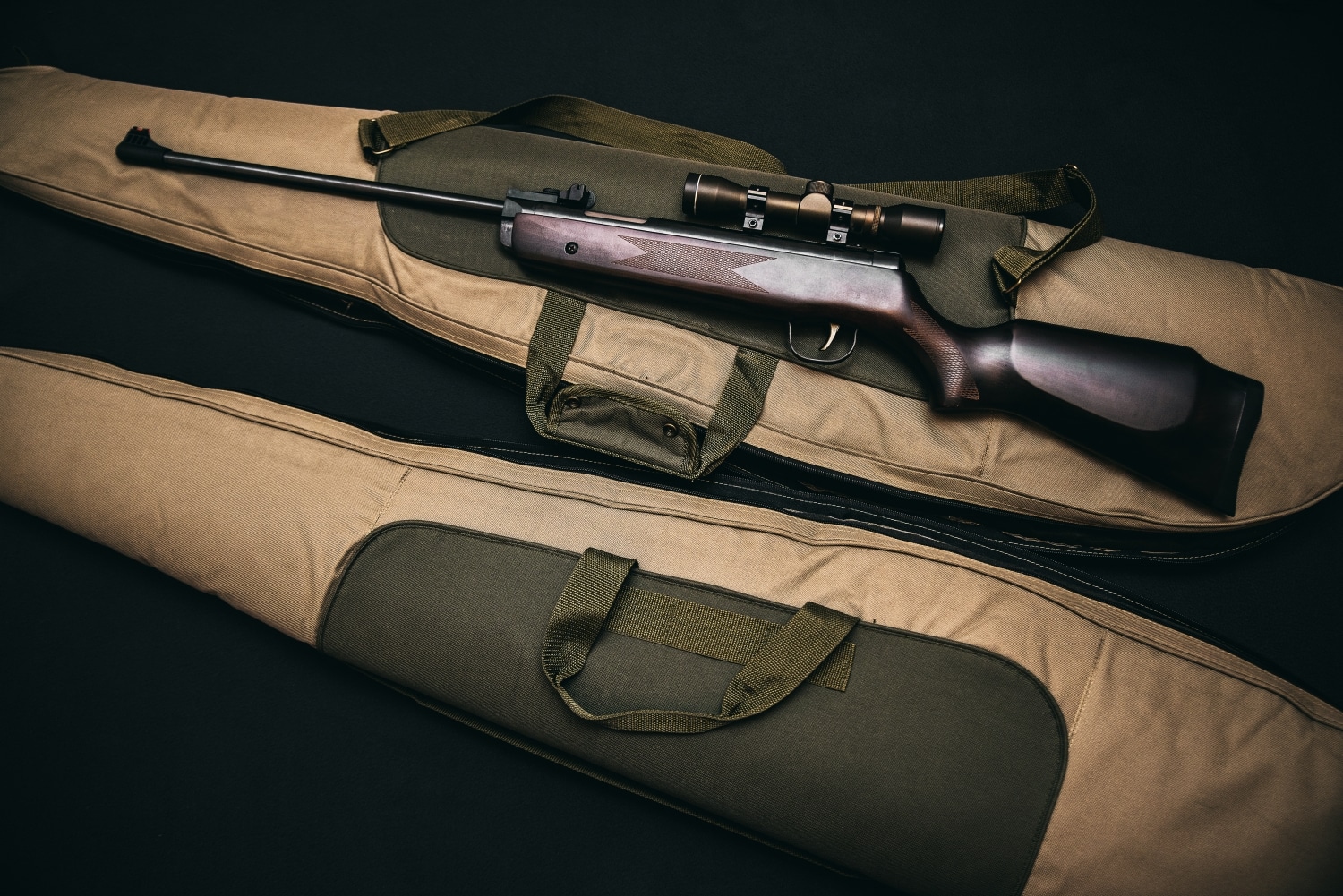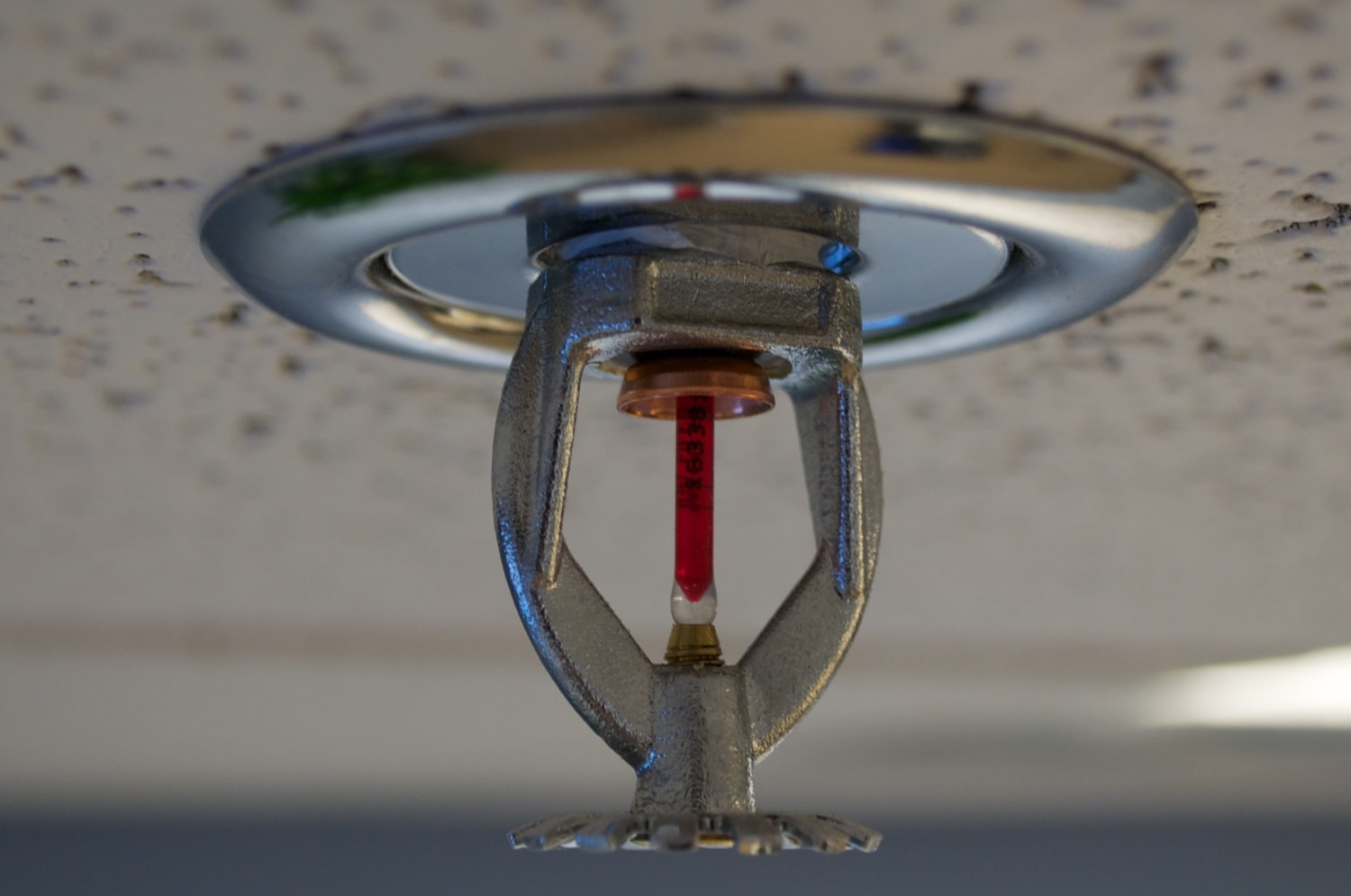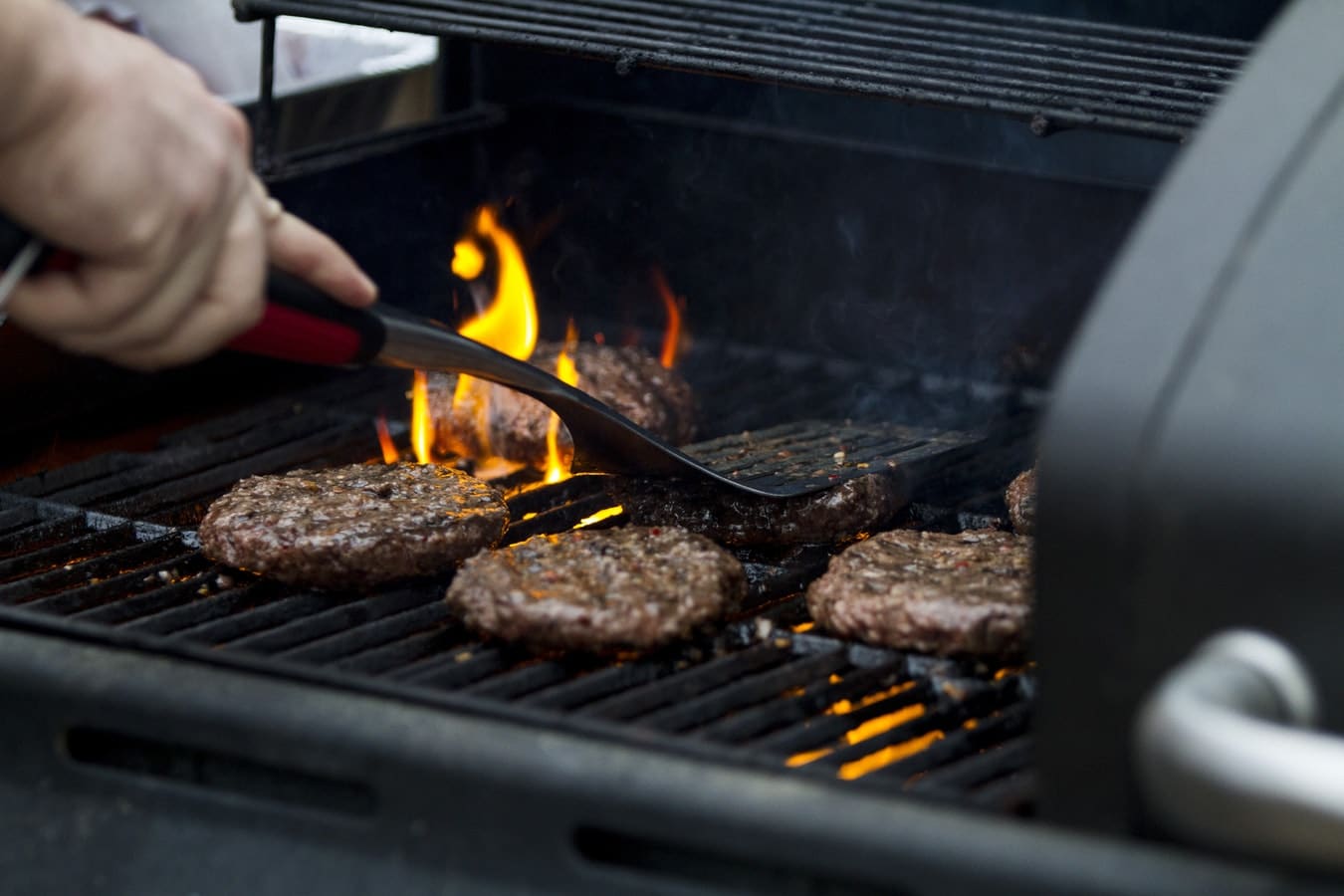Most times we are puzzled with the identification of fire extinguishers, especially during the frenzy of an emergency. This difficult time may possibly not serve as the appropriate time to figure out the differences of fire extinguishers. That is why it is crucial to be familiarized with fire extinguishers ahead of time, for it provides you the knowledge to protect yourself at times of danger.
If proper care is not taken to curb a fire, it could most likely consume an entire property and endanger the persons present at the scene when it started. This circumstance is one reason to be equipped with the knowledge of fire extinguishers in order to properly use them to control the blaze.
In identifying the types of Fire Extinguisher, it is important to know that they are grouped into the following:
- WATER
Water extinguishers are primarily designed to douse fire started from solid or organic materials such as coal, wood, textile and so on. This extinguisher is printed with the word, WATER, on the container in white text. These are made to expel a high amount of water to dampen the flames.
- FOAM
These are a type of fire extinguisher with an inscription of FOAM on the container. The container is filled with foaming materials that will hurriedly quell a flame when it arises. These kinds of extinguishers work quickly and are appropriate for Class A and B fires.
- CARBON DIOXIDE
On this kind, ‘CO2’ is imprinted on the container in white on a black rectangle. These are used to combat the kind of fire classified in Class B and electrical fires caused by the displacement of connection or wrong connection of wire.
- POWDER
This kind of extinguisher has the word “POWDER” imprinted on with a white text on a blue rectangle. This kind is specially made to tackle Class A, B and C fires – Solids, liquids, and gases respectively.
- WET CHEMICALS
This particular extinguisher as an inscription of the word, WET CHEMICALS. It is specially designed to squelch Class F fires, they are most times placed in the kitchen to avert fire that may emanate from cooking oil.
There is a need to be akin to the existing division of fires into classes, they are:
- Class A – There are fires that blazes solid or organic materials such as paper, textiles, coal, etc.
- Class B – These are fire spurred by flammable liquids such as petroleum, gasoline, diesel etc.
- Class C – This class is specifically involving gases such as butane, methane, etc.
- Class D – And this class consumes combustible metals such as magnesium, aluminum, lithium, etc.
- Class F – These are fire that involves cooking oil and fats, olive oil, butter, vegetable oil, etc.
With the above, this should enhance your knowledge in identifying the suitable type of extinguisher to quell flaming objects when it happens.




